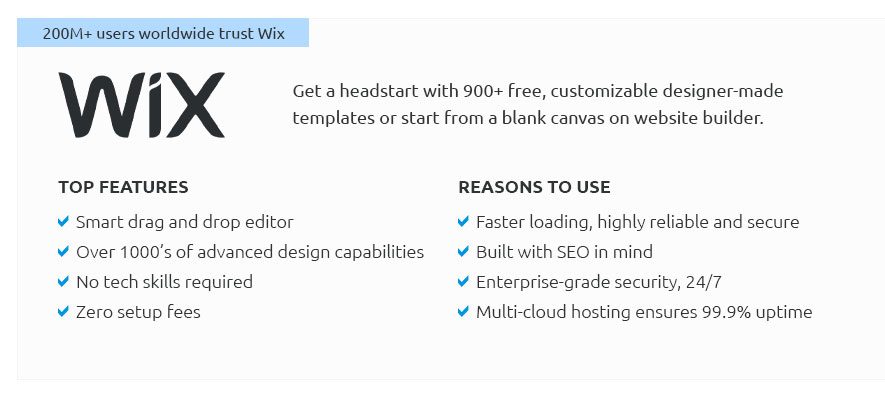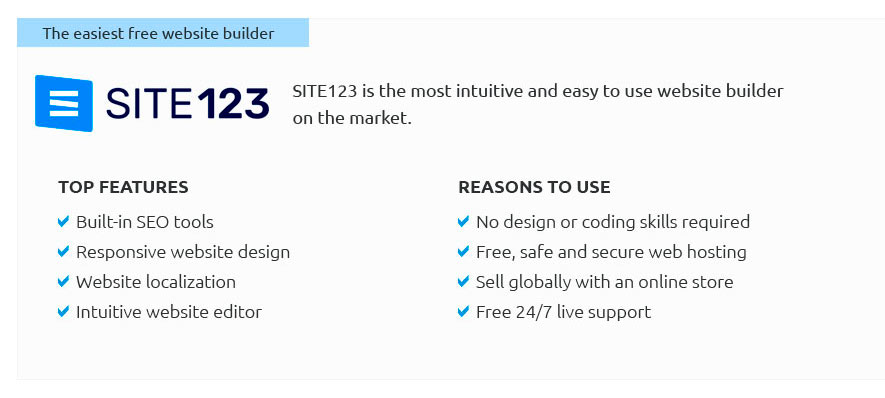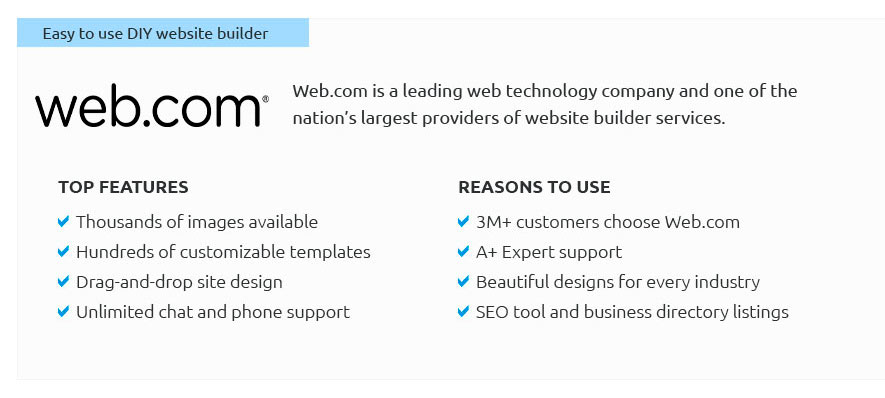 |
 |
 |
 |
|
 |
 |
 |
|
 |
|
 |
 |
|
 |
|
 |
|
 |
 |
The Best Website Designer: Top Tips and Common Mistakes to AvoidUnderstanding the Role of a Website DesignerA website designer is responsible for creating the visual aspects of a website. This includes the layout, color scheme, and overall design.
Choosing the Best Website Designer for Your NeedsAssessing Portfolio and ExperienceReviewing a designer’s portfolio is crucial. Look for versatility and creativity. Ask about experience with various platforms, such as best free website builder options. Understanding Your Design NeedsClearly define your project requirements. This includes your target audience, brand goals, and the functionalities you need on your site. Common Mistakes to AvoidNeglecting User ExperienceDesign isn't just about looks; it's about usability. Avoid cluttered layouts and ensure easy navigation. Ignoring Mobile ResponsivenessWith mobile browsing on the rise, it's essential to ensure your website looks great on all devices. Overlooking SEO BasicsDesign should incorporate basic SEO principles to ensure your site is discoverable. Use alt tags, meta descriptions, and clean code. Helpful Resources for Website DesignWhen starting your project, consider exploring website template sites for inspiration and a head start on your design. FAQ
https://www.trustpilot.com/categories/website_designer
All companies that are best in a category, ordered by TrustScore and review count. To be eligible, they must actively ask for reviews and have received 25+ in ... https://www.quora.com/Can-someone-call-themselves-a-web-designer-developer-if-they-create-websites-on-Wix-Weebly-TemplateToaster-Squarespace-etc
Shopify Best for e-commerce websites. - Carrd Perfect for simple one-page websites. - Ghost Ideal for blogs and content-driven sites. - Duda Great for ... https://www.quora.com/Who-is-the-best-website-designer-the-trusted-one
There are several popular and highly regarded web design agencies and platforms known for their quality work. Some of these include Behance, ...
|